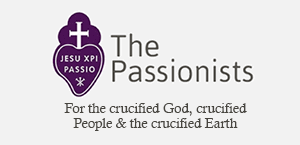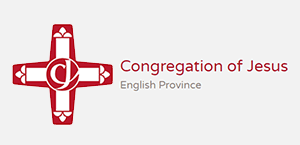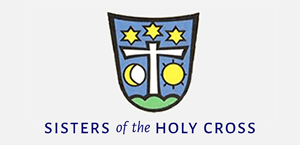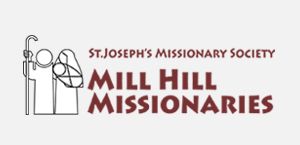Gospel in Art: Feast of Our Lord Jesus Christ the Eternal High Priest

The fresco of Crucifixion, in the church San Girolamo dei Croati, by Pietro Gagliardi © Alamy
Source: Christian Art
Gospel of 12 June 2025
John 17:1-2, 9, 14-26
At that time: Jesus lifted up his eyes to heaven, and said, 'Father, the hour has come; glorify your Son that the Son may glorify you, since you have given him authority over all flesh, to give eternal life to all whom you have given him. I am praying for them. I am not praying for the world but for those whom you have given me, for they are yours.
'I have given them your word, and the world has hated them because they are not of the world, just as I am not of the world. I do not ask that you take them out of the world, but that you keep them from the evil one. They are not of the world, just as I am not of the world. Sanctify them in the truth; your word is truth.
'As you sent me into the world, so I have sent them into the world. And for their sake I consecrate myself, that they also may be sanctified in truth.
'I do not ask for these only, but also for those who will believe in me through their word, that they may all be one, just as you, Father, are in me, and I in you, that they also may be in us, so that the world may believe that you have sent me. The glory that you have given me I have given to them, that they may be one even as we are one, I in them and you in me, that they may become perfectly one, so that the world may know that you sent me and loved them even as you loved me. Father, I desire that they also, whom you have given me, may be with me where I am, to see my glory that you have given me because you loved me before the foundation of the world. O righteous Father, even though the world does not know you, I know you, and these know that you have sent me. I made known to them your name, and I will continue to make it known, that the love with which you have loved me may be in them, and I in them.'
Reflection on the High Altar Fresco Painting
The Feast of Our Lord Jesus Christ, the Eternal High Priest is a relatively recent addition to the liturgical calendar. It was first established in 1987 by the Congregation for Divine Worship for observance in Spain, and gradually gained wider recognition across the universal Church. It is now observed in many dioceses around the world on the first Thursday after Pentecost, a fitting time that follows the outpouring of the Holy Spirit and reflects the Church's ongoing mission under Christ's eternal priesthood.
The feast directs our attention to the Priestly Office of Christ, who is both sacrifice and priest, the one who eternally intercedes for us before the Father. It serves as a powerful model for all the baptised, and in a particular way, for the ordained priesthood. As priests act in persona Christi (in the person of Christ) they are called to mirror the self-giving love, mercy, and intercession of the Eternal High Priest. Today, we are reminded to pray for our priests, that their lives may ever more closely reflect the holiness, humility, and compassion of Christ, and that through them, the Church may be continually nourished, healed, and led toward the Father.
Pietro Gagliardi's Crucifixion fresco in San Girolamo dei Croati (the national church for Croatian Catholics in Rome) beautifully evokes Christ's role as the Eternal High Priest, offering Himself as both priest and victim upon the altar of the Cross. Painted between 1847 and 1852 is is directly behind the high altar. The fresco follows traditional iconography: Christ crucified at the centre, elevated on the cross, with a focus on the sacrificial and redemptive nature of His death. Below the cross, we typically see the Virgin Mary, Saint John the Evangelist, and Mary Magdalene, all shown in mourning, but also contemplation. What makes Gagliardi's approach distinctive is the clarity, solemnity, and restrained emotion in his composition. The colours are simply stunning.
Christ is shown not simply as a suffering man, but as the divine mediator, raised between heaven and earth, interceding for humanity. Gagliardi's fresco becomes more than art: it is a visual theology of priesthood. The crucified Christ offers Himself freely, once and for all, in perfect obedience and love, an act that every priest is called to participate in through the Eucharist. As we gaze upon this image, we are reminded that every altar is an extension of Calvary, and every priest, in acting in persona Christi, must draw from the same well of sacrificial love.
LINKS
Gospel in Art: https://christian.art/
Today's Reflection: https://christian.art/daily-gospel-reading/john-17-1-2-9-14-26/ (with audio)
See also: Video - The Mystery of Pentecost in Music - Tallis and the sound of the Holy Spirit www.youtube.com/watch?v=LobvcLTgfE8


















